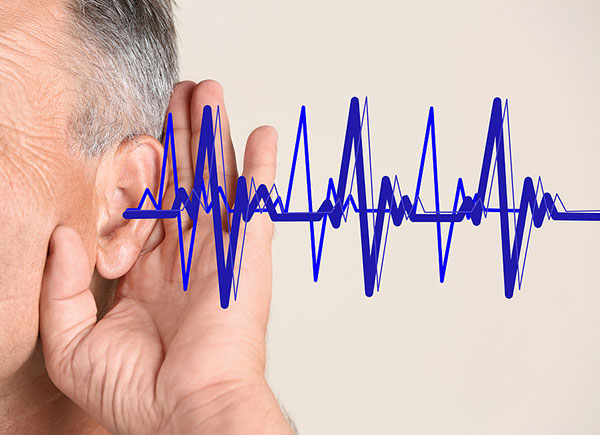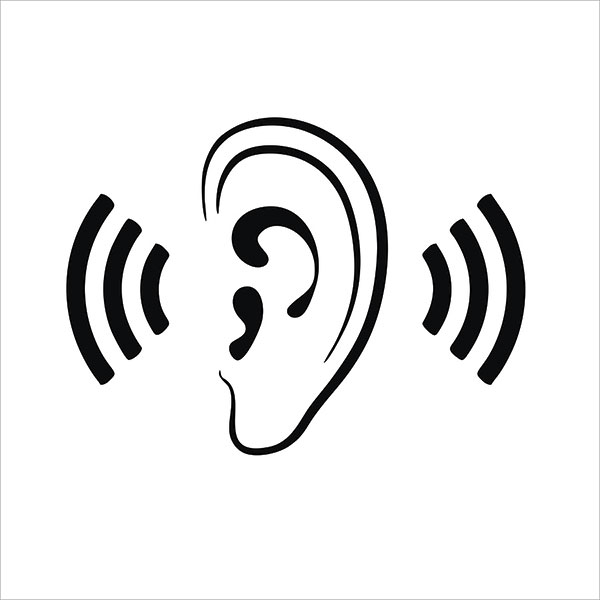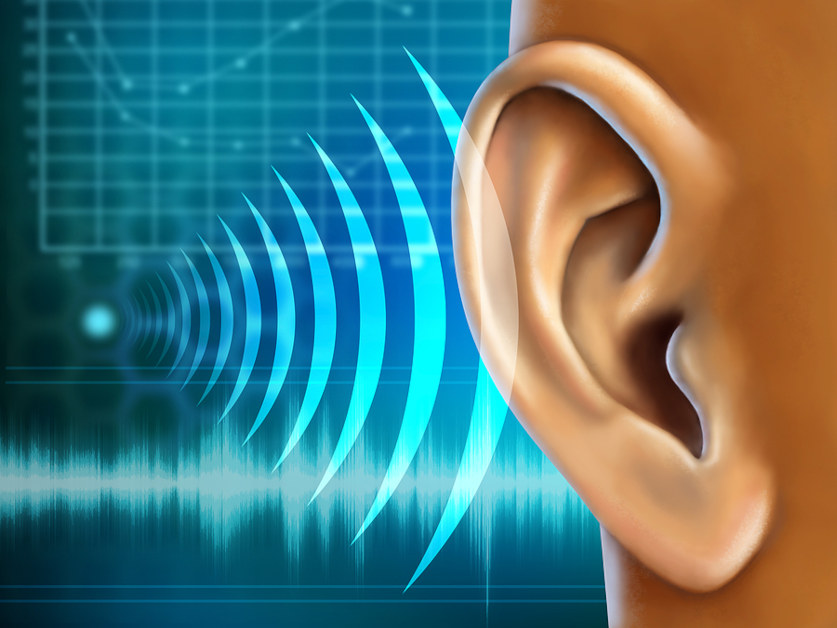Sound Localization
Everyday Tips
Find tips that I learned over the years that you might find helpful. From methods to protect your ear to sleeping, adaptability is vital to a safe and happy life.
Sound Localization
Sound localization is reliant on hearing, the ability to discern the vibrations of which direction a sound is coming from. People with aural atresia will have difficulties with sound localization.
Self-Confidence
By having aural atresia, you will face challenges that others simply cannot relate to. You can overcome these obstacles and be the best you possible!
%
Sound Localization
While aural atresia is not a set back, it does come with some realistic challenges. I was born with congenital aural atresia in my right ear, and I’ve always had difficulty localizing sounds. You may be unable to hear well and detect sound waves from the affected ear. In my case, I have trouble deciphering where certain sounds are coming from, I guess that is why I’ve never been very good at Marco Polo. However, with practice, I have actually gotten better at detecting and translating which direction they are coming from.
Localizing Sound
Sound localization is the ability to detect where sound is coming from. If you have unilateral hearing loss, determining this may be difficult, especially if it’s coming from the side of your affected ear. Sounds will probably feel muffled and as in my case, the affected ear feels numb to vibrations unless the sound is directly up against my ear. Humans are able to localize sound via monaural cues. What this means is that their bodies decipher which direction a sound is coming from based on how fast and intense the sound reaches one’s ear in comparison with the other. For example, if sound comes from one’s left, the sound vibrations would reach the left ear first and at a louder intensity than it reaches the right ear (because the sound must travel further to do so). However, with aural atresia, that sound is either unable to be picked up by the inner ear or it is picked up at too minute of a level, thus resulting in trouble localizing that sound. My recommendation is to practice deciphering the origin of a particular sound. While your hearing may never be perfect, just like playing a sport the more you practice, the more comfortable you will become. Try to get a sense of the sound using your good ear, and as you practice you may start to understand what a sound feels like when it comes from your left versus your right ear.
Adapting
When I was growing up, I would have trouble differentiating sounds (I still do to this day). This a very common side effect of aural atresia, and as you obtain more experience you learn to adapt. Headphones and earphones take some getting used to. As far as headphones go, I can use them just fine, just expect to have one side be a little more muffled than the other. With earbuds on the other hand, I’ve elected to stay away from them, as I find them to be uncomfortable in my affected ear. When I do use them, they fall out very easily, leaving an earbud just dangling out of my ear. Oftentimes, people will offer to share an earbud with me, and I will have to discretely shift my head so that I can listen with my other ear. This is an example of something non-aural atresia people can use easily that we cannot. But the good news is, that is one of the only things! During school administered hearing tests, I would be very embarrassed to notify the nurse about my condition. My advice to you is DON’T be nervous, the nurses are there to help you, and chances are they have dealt with kids with hearing problems many times before.

Contact Us:
Get in Touch
Email:
auralatresia@gmail.com


